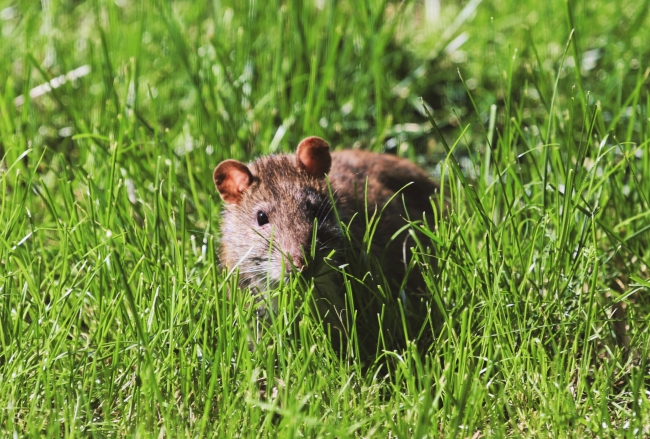Pesticide Usage in Scotland: Rodenticides on Grassland and Fodder Farms 2021

A report has been published which presents the results of a survey of rodenticide use on grassland and fodder farms in Scotland in 2021.
Information was collected from 601 holdings, which collectively grew three per cent of the 2021 fodder and grass crop area. Data from this sample were used to estimate total Scottish rodenticide use in this crop sector.
The Scottish Government (SG) conducts periodic post-approval surveillance of use in arable, grass and fodder and local authority sectors. This monitoring is conducted by the Pesticide Survey Unit at SASA, a division of the Scottish Government's Agriculture and Rural Economy Directorate.
It was estimated that rodenticides were used on 27 per cent of all grass and fodder farms in 2021, significantly fewer than in 2017 (35 per cent) and 2013 (43 per cent). Farmers conducted the baiting on 56 per cent of holdings using rodenticides and applied 58 per cent of rodenticides by weight, with the remainder being applied by pest control professionals (PCPs). This is significantly lower than in 2017, where farmers were responsible for baiting on 73 per cent of farms where rodenticides were used. In 2021 there is a decrease of 34 per cent since 2017 and 61 per cent lower than in 2013.
Sixty nine per cent of rodenticides were applied throughout the year, either used permanently or in multiple individual baiting operations. This is an increase in year-round use from 2017 (54 per cent) but lower than 2013 (75 per cent). Most rodenticides were used in Autumn and Winter (61 per cent). Grain baits were the most common product type (89 per cent) and the main targets were a combination of rats and mice (69 per cent). Forty seven per cent of farms that did not use rodenticides and 48 per cent of those that did, employed non-chemical rodent control; most commonly cats and traps.
This survey, and the previous survey in 2017, display a trend of decreased rodenticide usage, increased baiting by PCPs rather than farmers, and increased uptake of best practice which is likely to have been influenced by the introduction of stewardship and concurrent regulatory changes.
The full publication can be seen here.


